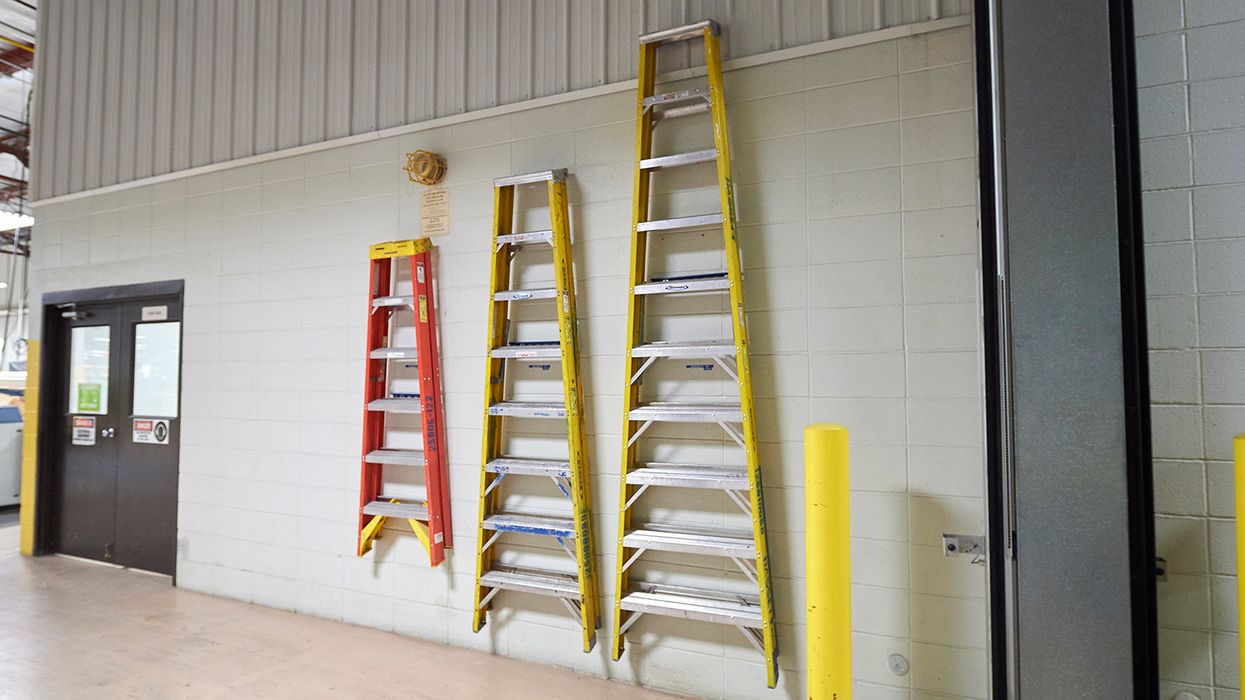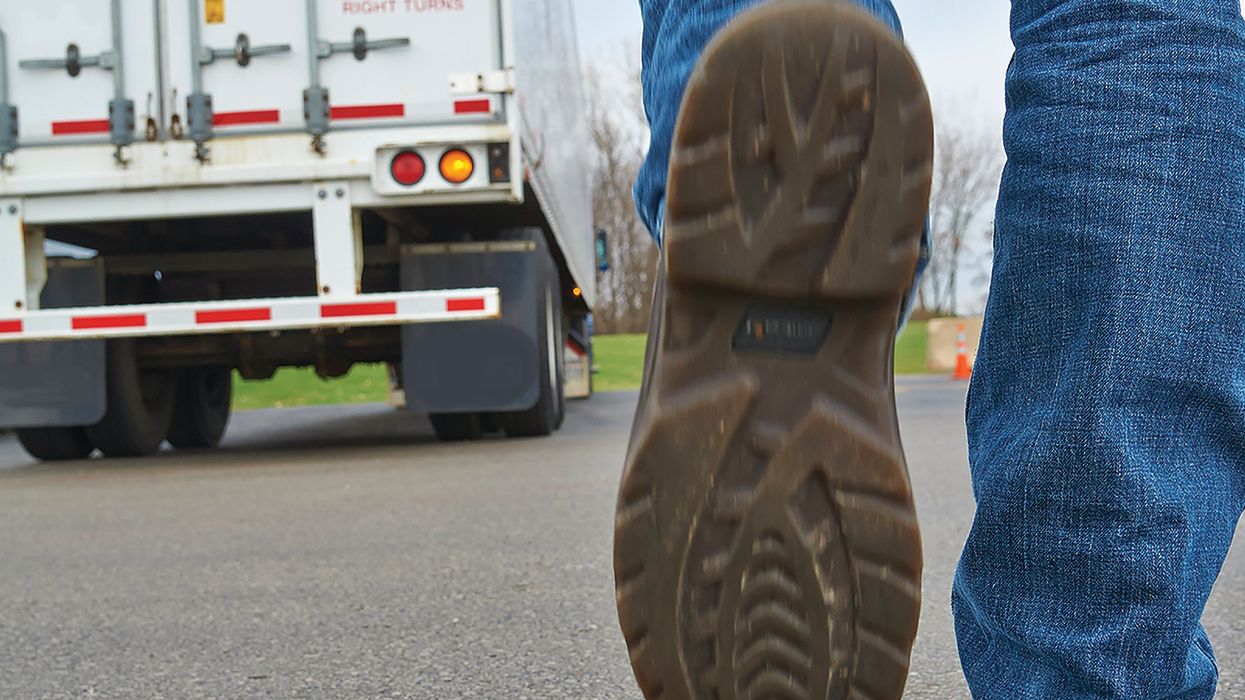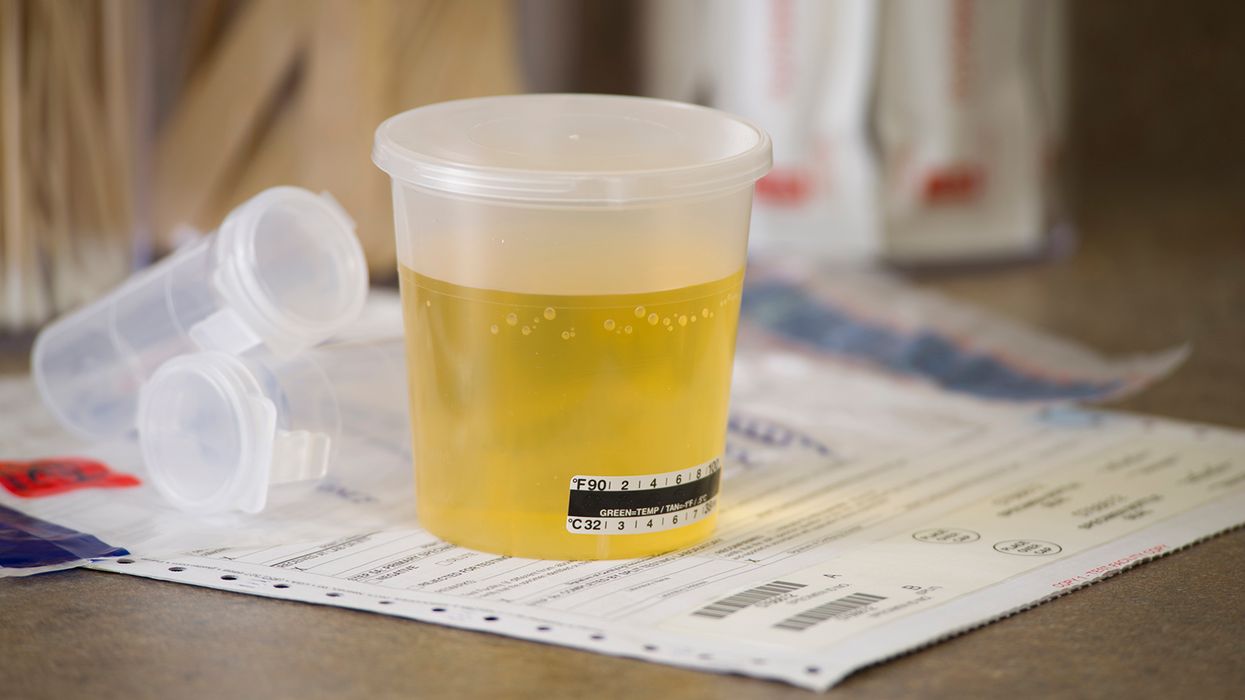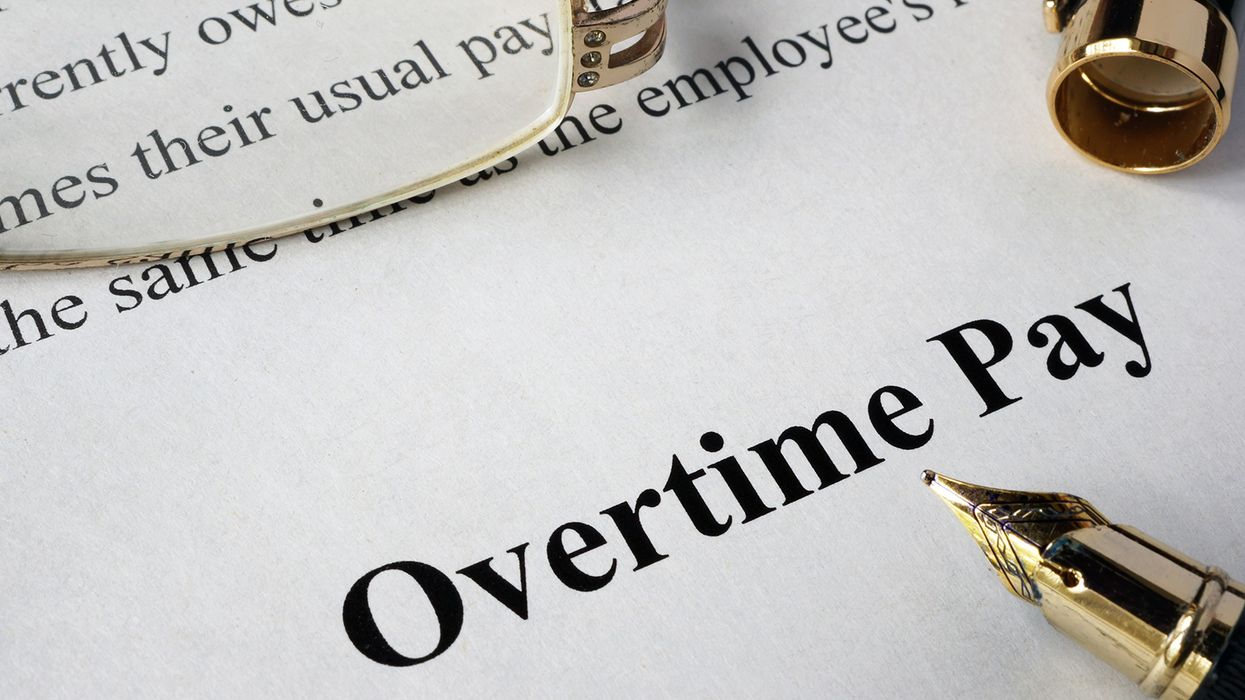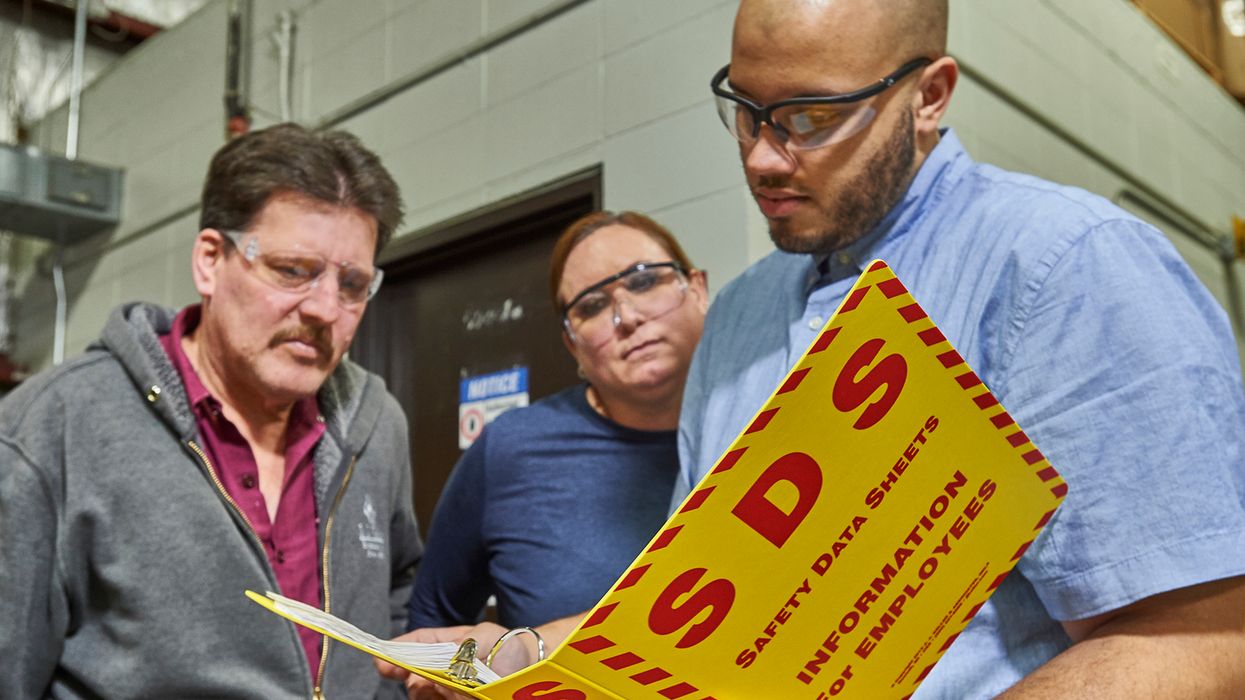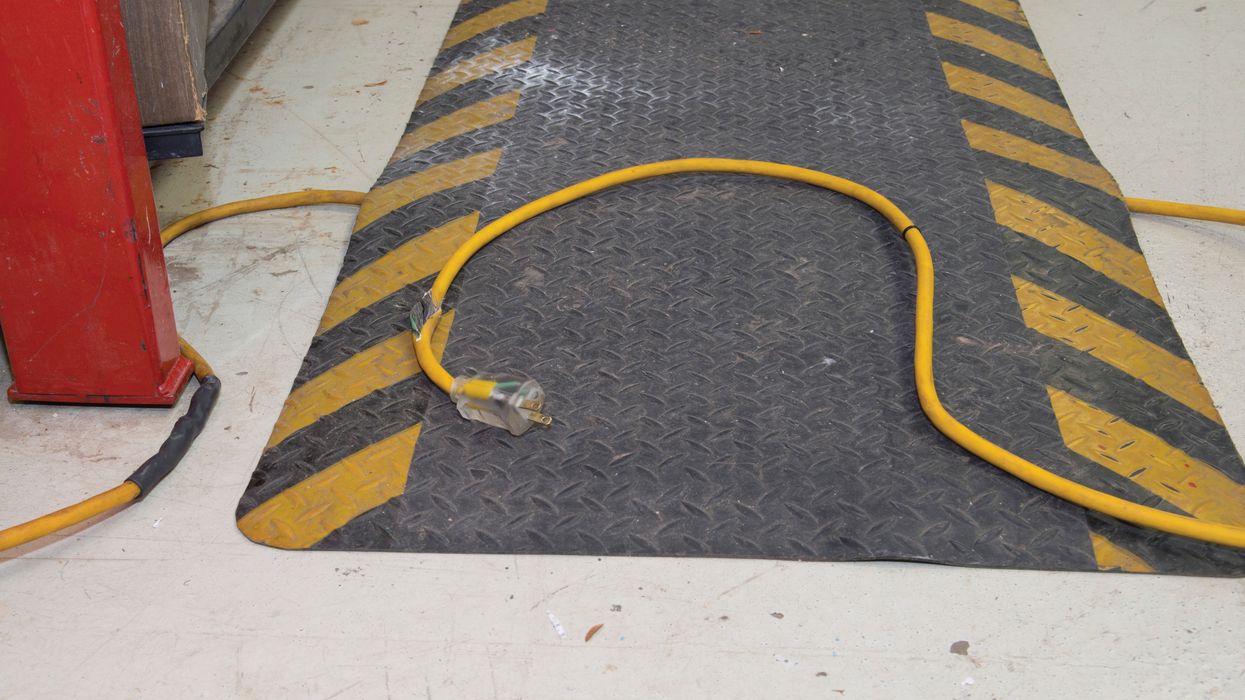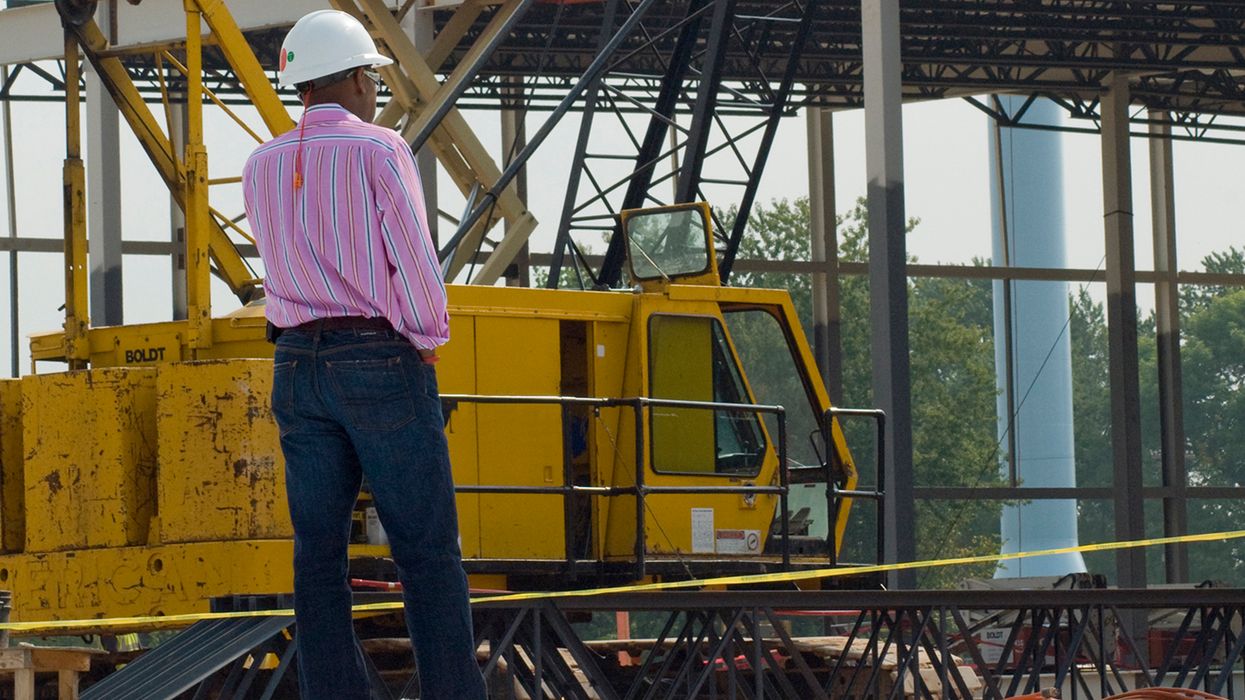Don’t forget the FMLA during workers’ comp incidents
An employee is injured at work. The first thought is to ensure the employee gets adequate care. This might involve transporting the employee to a health care facility for treatment. The employee might also need time off to recover from the injury. A workers’ compensation (WC) claim is filed. How the employee’s work tasks will get done is considered.
A lot happens in such situations, but employers should not forget that, if the employee meets the eligibility criteria under the federal Family and Medical Leave Act (FMLA), and the reason qualifies, the employee is also entitled to the protections the FMLA provides. In such situations, the WC and FMLA run concurrently.
How WC and FMLA differ
WC benefits are very different from the FMLA protections and, in many situations, employees are entitled to both.
- Under WC, employees get their treatment for occupational injuries and illnesses paid for. They also get some income if they need time off to recover.
- Under the FMLA, on the other hand, eligible employees get unpaid, job-protected leave, and their group health care coverage continued.
Notice of the need for leave
Once an employer learns that, because of a workplace injury or illness, an employee needs time off, the employer is, for all intents and purposes, put on notice of the need for leave under the FMLA.
This notice triggers the employer’s FMLA obligations, including giving the employee an eligibility/rights and responsibilities notice within five business days.
Certification
Under the FMLA, employers may require employees to provide a certification supporting the need for leave. If, however, employers get enough information from a WC physician to determine that the condition is also an FMLA serious one, and how much time off the employee needs, that should suffice.
In some situations, however, employers might not get WC-related information quickly enough. The FMLA gives employees 15 days to get a completed certification back to the employer. Therefore, employers may use those 15 days as a measure.
Return to work
Employees have the right to up to 12 weeks of FMLA leave in a 12-month leave year period for qualifying reasons. If employees with WC injuries are unable to perform a job duty, they may remain out on FMLA leave, even if released for light duty under WC. Employees might risk losing their WC benefits, but retain their FMLA protections.
Key to remember: Employers must be aware that employees who suffer workplace injuries or illnesses might have FMLA protections in addition to WC benefits.















































